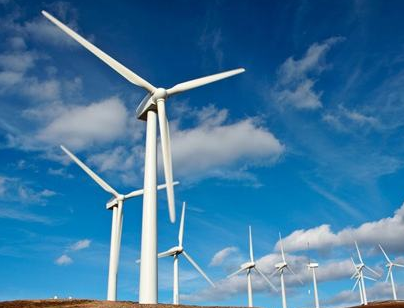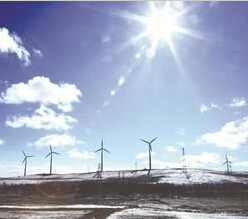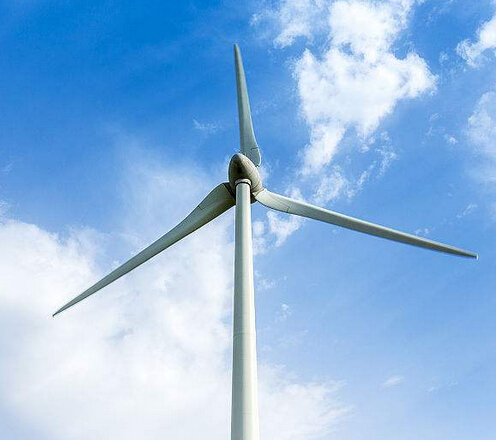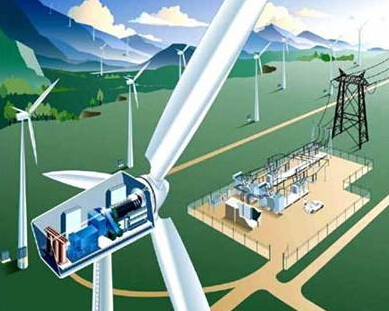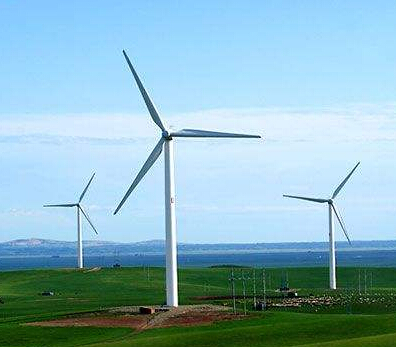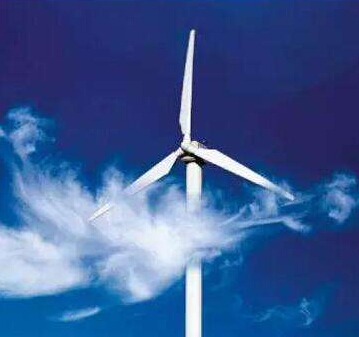In today's world, rising energy demand and increasing environmental protection have made the promotion and application of clean energy an inevitable trend. As the world's largest clean energy investment country, the development of clean energy in China is also constantly changing. The National Energy Administration has issued the "Provisional Management Measures for the Development and Construction of Decentralized Wind Power Projects" (hereinafter referred to as "Measures") to encourage business model innovation, attracting social capital to participate in the decentralized wind power project development, and encouraging the project site to launch decentralized wind power marketization. Trading trials...
In response to this, many provinces and cities have responded, many social capitals have paid close attention, and the decentralized wind power that has not seen improvement for many years has been “returned”?
Break the "glass door" to usher in a new opportunityDecentralized wind power generally refers to distributed generation systems that use wind turbines as distributed power sources to convert wind energy into electrical energy. Its capacity is about 30-50 megawatts, and it is located near the user. It is a small-scale decentralized power generation mode.
Compared with traditional wind power models, the advantages of decentralized wind power are obvious. However, what is embarrassing is that China's decentralized wind power grid connection accounts for only about 1% of the nation's total wind power grid connection, which is far below the European level. The development level also generally lags behind that of distributed photovoltaics.
In fact, the concept of decentralized wind power has already been put forward in China's policy document: In the “Twelfth Five-Year Plan for Renewable Energy Development” issued in 2010, it was mentioned that local small and medium-sized wind power projects should be encouraged; July 2011, the national The Energy Bureau also issued the "Notice on Issuing Guidelines for the Development and Construction of Distributed Access Wind Power Projects." Regrettably, decentralized wind power has not been able to "blossom the results", and it is even considered "does not have a way out".

During the two sessions this year, Zhang Lei, the NPC deputy and founder and CEO of Long Vision, called for the existence of many bottlenecks in the development, integration, and trading of distributed energy in China. It is imperative to break the “glass door” of the system.
Qin Haiyan, secretary general of the Wind Energy Committee of the China Renewable Energy Association, also believes that China’s wind power development has started in the western region. Large-scale wind power development companies are accustomed to centralized development through large-scale investment. The scale of individual decentralized wind power projects is small, and investment efficiency is relatively low. The enthusiasm of the company is not high. Secondly, decentralized wind power projects still follow the approval requirements and procedures for centralized development, leading to inefficiencies and increasing up-front costs.
The introduction of the "Measures" has given more detailed guidance on decentralized wind power planning and construction, on-grid management, and business models. The content is richer than the previous policy, and is considered by the industry as decentralized wind power. The "new outlet".
There is still a long way to go before the real "fire" rises
"It is recommended that local energy authorities take the lead in setting up a 'one-stop' management service window and service system, establish an efficient coordination and management mechanism with the national land, environmental protection, power grid and other units, optimize the distributed wind power land approval process, and allow distributed energy to participate widely. Market transactions..." In fact, Zhang Lei’s many suggestions are almost reflected in the “Measures” issued this time.
In response to the tedious approval process that has previously been criticized by the industry, the "Measures" clearly stated that all localities should simplify the approval process for decentralized wind power projects, establish a simple and highly effective and standardized management mechanism for approval, and encourage the trial project approval and commitment system to be established. One-stop service system reduces the cost of the project.
Some analysts believe that the "approved commitment system" can be regarded as a major progress in the approval of domestic projects as a typical post-regulation supervision method. This means that the government functions will be transformed from managing projects to providing services, and the project development and management rights will be truly returned to the enterprises. Compared with the approval system, the implementation of the “approved commitment system” will greatly reduce the time and process required for the approval of decentralized wind power projects.
















 RCCN WeChat QrCode
RCCN WeChat QrCode Mobile WebSite
Mobile WebSite